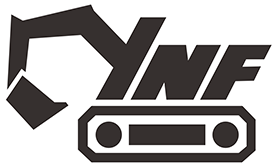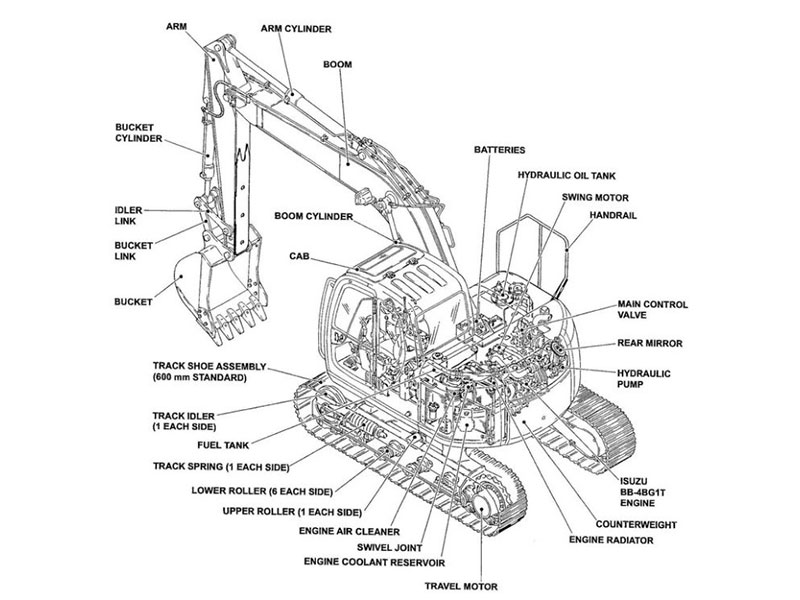Air compressor fittings or couplings are critical to ensure that your unit runs smoothly and provides enough air power for your operations. Understanding the many types of fittings available is essential in picking the right components for your model. Furthermore, replacing your fittings and hoses regularly can help to keep your system running smoothly and safely. This article explains the many types of fittings, their benefits, and how to select the best ones for your air setup, making it efficient.
Why Are Air Compressors Couplings Important?
Ensuring Efficient Air Flow
These air compressor fittings are essential for airflow in a system that compresses air. They ensure that the air supplied is at the correct pressure and flow rate to enhance and adequately address pneumatic tools and machinery use.
Stopping Leaks and Minimizing Energy Expenditure
Proper fittings also minimize air leaks, a significant cause of energy loss, and, thus, increase operating costs. Air compressor fittings can also help seal connections properly, boosting the system’s efficiency while cutting energy consumption.
Enhancing System Longevity
In this case, achieving the right fittings increases the durability of the entire air compressor system. The appropriate installation and maintenance of fittings lower the stress impact on the components, thus lowering the possibility of expensive repairs and machine downtimes.
Ensuring Safety
Safety measures are always essential, no matter the industrial workplace setting. Suitable air compressor fittings keep the systems working safely under different pressures and conditions to eliminate dangerous incidents within employees’ working environments.
Versatility and Adaptability
They are made in various sizes and types and can be used in multiple applications worldwide. This flexibility makes incorporating the air compressor into other tools and equipment easy, thus improving flexibility.
Concisely, air compressor fittings must be used to guarantee proper airflow, decrease leaks and energy consumption, increase the duration of the air compressor system, increase safety in usage, and be flexible in industrial applications.
Coupling Types to Boost Efficiency of Air-Operated Systems
Couplers
This fitting connects an air tank or compressor to the tank lines. The coupler is the component that shuts to seal the air once the pipe is detached. Couplers are offered in various automotive, industrial, V-style, and ARO styles.
Couplers are widely grouped into two types: automatic and manual. Automatic fittings connect to airlines directly, allowing them to rapidly close the air opening after the male portion is withdrawn. The female portion entirely shuts to seal the air. Manual couplers, on the other hand, do not close automatically and need the operator to pull on the collar to connect or disconnect the hose.
The user must grip the hose tightly because it expands outwardly with force as compressed air bursts from the coupler.
Plugs
The plug design should complement the coupler design; thus, whatever coupler style you choose, the plug style should match it. However, the most crucial factor to consider when purchasing plugs is the flow size or air volume that the plug can take. Most applications use a flow size of ½ or ¼ inch. ¼ inch is more common.
Plugs, like couplers, are classified into four styles: automotive, industrial, ARO, and V-style. Fitting types are entirely personal preference; industrial and automotive designs are more readily accessible than other styles.
When purchasing couplers, consider the quality of the plug and its size.
Connectors
The design and structure of air compressors vary significantly by industry. Consequently, fittings makers color code the styles of couplers and plugs.
• Red for automotive.
• Green for industrial.
• Blue indicates ARO.
• Yellow indicates V-style.
Color coding is frequently the quickest way to find the fitting you need, but it is not always trustworthy because not all manufacturers use the same scheme. However, color coding can save time and provide convenience.
Searching for protective sleeves is vital, as it helps reduce tension and delay wear and tear.
Factors to Consider While Choosing the Correct Couplings
Styles
Connectors for air compressors are of two types, namely the, manual connectors and the automatic connectors. As for the performance, both styles provide the same results and are equally effective in representing the information. In this case, it is recommended that the style of the hose be in agreement with that of the air fittings in place. One cause is that the compressor owner is unaware of the style of existing fittings to be incorporated into the system. This can be determined easily by looking at the end of the male plug for its type of connector. The plug is industrial-style male, with an angle on the external side. The automotive-style of the male plug has an angle on the inside. Some fitting manufacturers add their initials on the surface of the fittings: ‘I’ for industrial and ‘A‘ for automotive.
Accurate Size
Another essential aspect that should not be overlooked regarding an air compressor setup is the right size of fittings. The most preferred size of the wire is a quarter of an inch. An ordinary 3/8-inch hose has a ¼-inch end to it. The other size factor that you should avoid neglecting while choosing the fittings is the thread size. That means if the thread size is ¼ inch, the fitting size should be the same, that is ¼ inch; if the size is 3/8 inch, then the fitting size should also be 3/8 inch. The following factors should be considered for arriving at the right choice concerning the size:
Hose Length
The hose should be reasonably long so that the work is made easy. It is also essential to have a clear notion concerning the optimal distance between the air compressor and the air tool. Hoses are available in several lengths for the user’s convenience and enhanced performance. It would help if you also looked at the quality of the hose to determine whether it can withstand the air pressure and flow rate.
Conclusion
Air compressor couplings are critical components that ensure your air compressor system’s efficient and safe operation. Remember to understand the different types of couplings available, their specific applications, and the key factors to consider when selecting one. This can significantly impact the performance and longevity of your equipment. Choosing the correct coupling for your air compressor can minimize downtime, reduce maintenance costs, and enhance overall system reliability.





